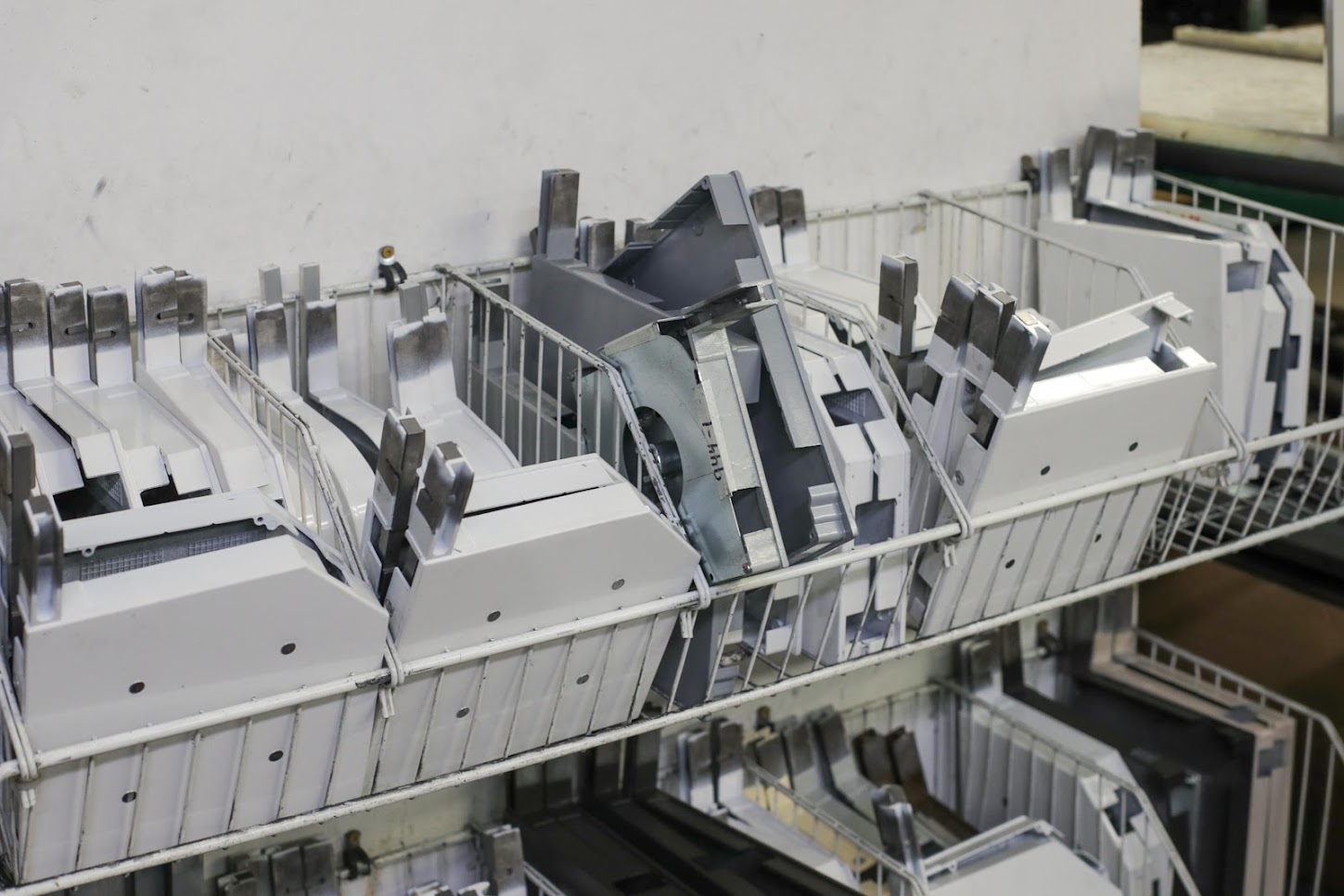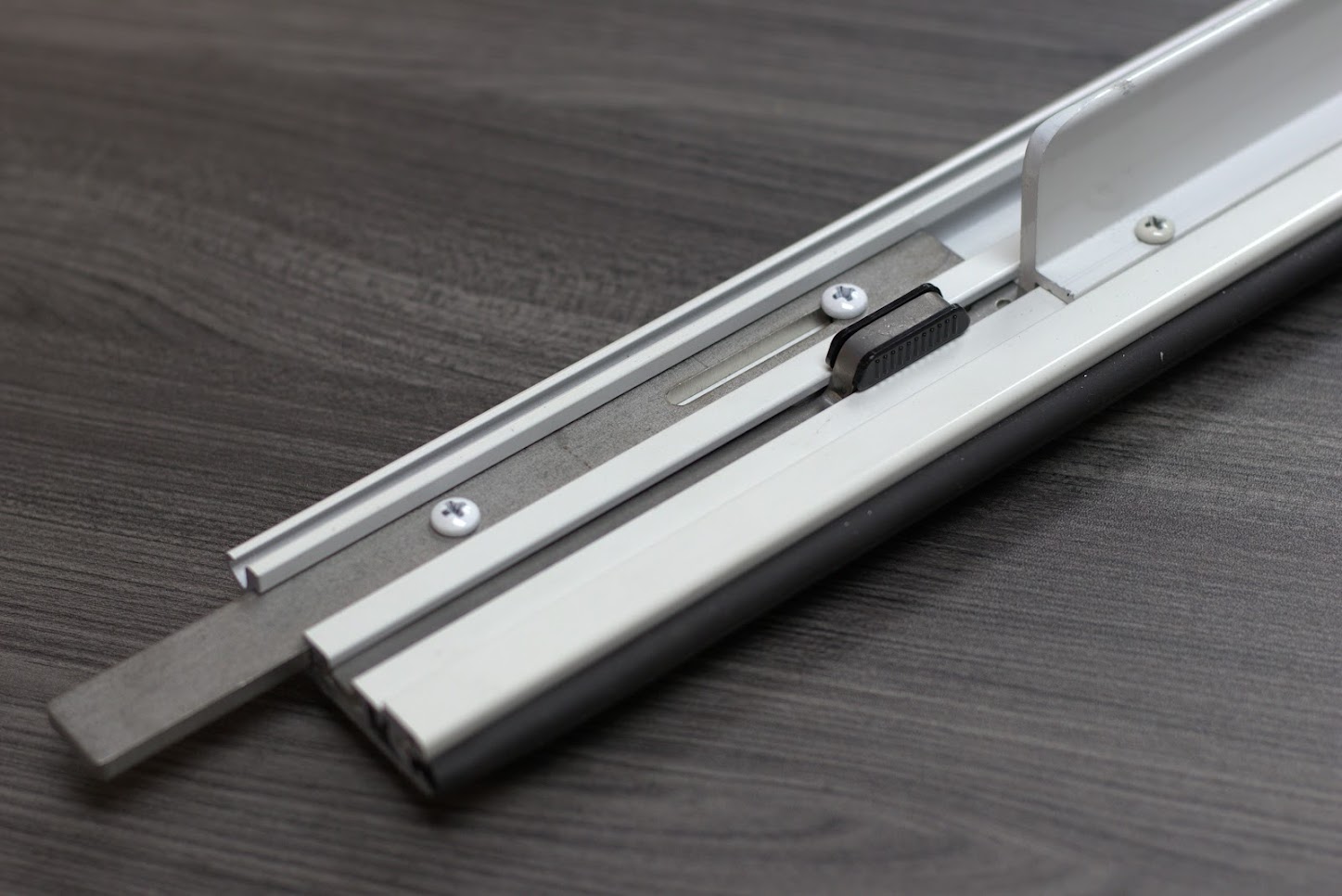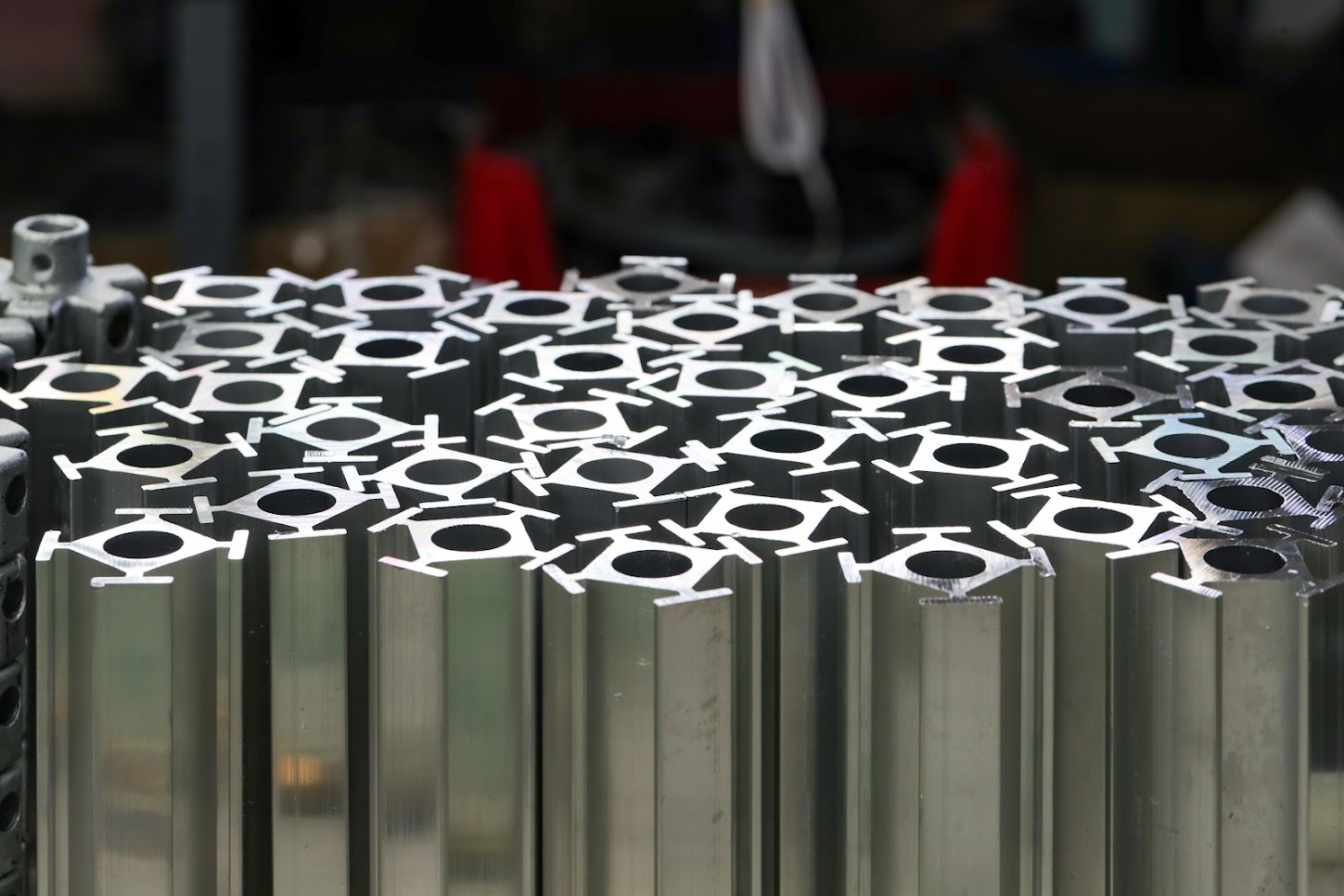Count on QMi for Dependable,
Continuous Support
We are customer-focused and passionate about your security. Our responsibility to customers doesn’t end once our products are installed. We provide round-the-clock support, ensuring our security solutions are running optimally to protect your home or business.
We’re here for you 24/7, delivering steadfast support and resources to ensure the smooth operation of our products so you can focus on what matters most. With QMi, you’re not just purchasing a product. You’re investing in a partnership dedicated to your ongoing safety and security.

Embrace Self-Service with Our Quick-Reference Troubleshooting Guides
At QMi, your empowerment is our priority. We’ve curated a quick-reference FAQ section and comprehensive technical library to equip you with easy-to-understand troubleshooting guides. From Universal Replacement to Motor Replacement, Balancing Tension-Spring to Installing a New Toggle Switch, these resources ensure you’re well-prepared to handle any potential issues with your QMi security products.
These user-friendly guides serve as your one-stop source for self-service and routine maintenance. But should you encounter a problem beyond your ability, remember our highly trained and dedicated team is always just a call or email away. You have a security partner committed to your protection.

Consult and Order Replacement or Spare Parts
OEM parts from QMi will keep your products performing at their best and ensure warranty compliance.
Speak to one of our trained technicians to clarify your parts needs and coordinate delivery. Send your inquiry to parts@qmiusa.com or click below.
FAQs
There are 3 easy steps to keep your shutters running smoothly:
- Wash and rinse your shutters at the beginning and end of every season.
- Clean out any sand, debris, or insects that may have accumulated over time.
- Operate your shutters frequently to ensure optimal performance.
- Roll shutter down and wash liberally with water from hose.
- Combine ¼ cup Simple Green cleaner to 2 gallons of water.
- Using a Soft Bristled brush, apply soapy water liberally in a horizontal motion.
- Make sure that you are getting soapy water into the ends so that the retaining screws are wet. Do so with an up and down movement of the brush at the rails.
- Roll the shutter up in three blade increments and apply soapy water to the inside of the shutter curtain as it rolls up.
- Allow the shutter to sit in the open position for at least five minutes in order for the soapy water to marinate and dissolve any salt and loosen pack in debris.
- Rinse the curtain as the shutter rolls down. In the down position rinse the boxside of the curtain completely.
- Operate multiple times to loosen up any remaining dirt or salt and continue to rinse both sides of the shutter.
- If spring operated, roll up and down vigorously.
- Remove the two screws from the strap guide using the battery-operated drill with magnetic bit and Phillips head tip and carefully set them aside.
- Remove the two screws from the bottom of the box housing cover using the battery- operated drill with magnetic bit and Phillips head tip and carefully set them aside.
- Remove the box housing cover and place on the top of the box-housing unit.
- Take a piece of tape and place it on the front side of the broken slat to make it easier to identify.
- Use your hand to push the shutter curtain over the top of the drive tube forming a loop below it. Make sure to keep your hand underneath the shutter curtain at all times.
- Position the slat that needs to be replaced just at the beginning of the loop. If the broken slat is near the top or the bottom, the curtain will have to be completely removed from the side rails. When finished replacing the broken slat, take the shutter curtain back over the drive tube and fit it back down into the side rails.
- Take the slat a couple above the broken slat and slide it sideways to capture it underneath the box housing to lock it in place. Now your hand can be removed. (If the slat has end retention or end locks on it, they will have to be removed before you can do this step. Make sure to reconnect them when the new slat is in place.)
- Slide the broken slat out of the shutter curtain while sliding the new slat into its place.
- There may be a time when the location of the shutter prohibits the new slat sliding into place as the old slat is coming out. If that is the case, slide the broken slat out. Then slide the new slat in its place. Pick up the bottom of the shutter curtain and re-attach it to the new slat.
- Line all the slats back up and feed them slowly back into the side curtain rails. If the shutter curtain does not have end retention or end locks on it, be very careful when sliding the slats back as they can easily damage the ends of the slats.
- While the box housing cover off, this is a good time to test the shutter numerous times to make sure it works properly.
- Take the box housing cover off the top of the box and make sure the cover fits into the lip of the box.
- Make sure the strap fits into the cut out on the bottom of the box housing cover.
- Re-attach your box housing screws using the battery-operated drill with a magnetic bit.
- Re-attach your strap guide screws using the battery-operated drill with a magnetic bit.
- Then do one more test operation.
- When the installation is complete, take a rag with any cleaning product and clean the shutter to remove any fingerprints or dirt that may have gotten on it while it was being repaired.
- Determine the cut length. Add a piece of tape to the bottom of the rail, measure up from the bottom, and mark.
- Place both rails together carefully to align ends and tape together securely. Using tape will allow both rails to be cut at the same time and will protect the finish of the rails.
- With the rails taped together, extend your cut mark with a square, align on a miter saw, and cut.
- Remove the protective tape.
- Replace rails onto the end cap nipples and install shutter.
- Run shutter downward approximately ½ way.
- From the motor side of the shutter (universal mounting), look up into the end cap to locate the motor limits. You will see (2) limit screw heads with directional arrows on the housing. The arrows will correspond to the direction of travel or rotation. With a motor located on the right side of a housing, the downward limit will be the back limit screw (front on left side motor). Insert the limit adjusting tool (5/32 Allen) and turn clockwise (unscrew) several times until the shutter will not operate when pressing the control switch to close. DO NOT REMOVE the adjusting tool. This backs off the limit and causes the shutter to stop sooner than originally set at the factory.
- Now that the shutter will not operate downward, press and hold the control switch down. While holding the switch, turn the limit adjusting tool in the opposite direction (counterclockwise). The shutter will begin to move lower. Continue until the shutter reaches the closed position WITHOUT compressing the slats.
- The limit is now reset, remove the adjusting tool and store.
- When cutting more than 3″ in height, locate the last slat touching the coil when the shutter is closed, raise the shutter to rotate this slat to the front of the coil and screw down using ¾ ″ self-drilling screws. DO NOT OVER TIGHTEN. Place screws approximately every 12″ across the coil making very sure not to pierce the drive tube. The screwed down slat only needs to be screwed to the slat under it.
- The cut down is complete. Operate to ensure the shutter closes completely.
- Take a piece of tape and tape the ends of the box housing cover to the end caps before removing the screws. This will help keep the box housing cover from falling off.
- Take the battery-operated drill with a magnetic bit and a Phillips head tip and remove the screws from the box housing cover.
- Carefully set aside the box housing screws and then remove the tape and place the box housing cover to the side.
- Begin by raising the shutter curtain up.
- Use a Phillips head screwdriver and ratchet with 7 /16 bit to remove all the screws that connect the angle to the base slat and carefully set them aside. When you get the last bolt removed, carefully set aside the angle and the bolts and nuts.
- Take the scribe and push the stop bars towards the middle of the shutter curtain and away from the side rail.
- Use a rag and place it over the ears. This will prevent the side rails from being scraped by the pliers. Take the pliers and bend the ears on the side rails downward. This will allow the shutter curtain to be easily removed from the side rails.
- Push the shutter curtain up and remove it from the side rails.
- To add spring tension, grab the shutter curtain and hold tightly against the coil of the slats and then turn downward.
- To reduce spring tension grab the shutter curtain and hold tightly against the coil of the slats and then turn upward.
- Fit the shutter curtain back down into the side rails and lower the curtain to the ground.
- Take a rag and place it over the ears again. With the pliers, bend the ears on the side rails back upwards.
- Push the stop bars back into the direction of the side rails with the scribe until the holes are lined up again.
- Pick up the angle bolts and nuts. With your hand, lightly thread them back into the holes but don’t over tighten.
- Use a Phillips head screwdriver and ratchet with 7 /16 bit to tighten all the screws.
- While the box housing cover is off, this is a good time to do numerous test operations to make sure the shutter works properly.
- Place the drill on top of the box housing for easy access.
- Pick up the box housing cover and make sure the cover fits into the lip of the box like this. The lip will help lock the cover into place. Place tape again on the ends of the box housing to keep it from falling off when you go to re-attach it.
- Take the battery-operated drill with a magnetic bit and a Phillips head tip and re-attach the box housing screws. Attach the bottom screw on one side first, and then do one on the other side.
- Then do one more test operation.
Reach Out to Us for Parts or Technical Assistance
Our team will get in touch with you shortly after you fill out the form below.




